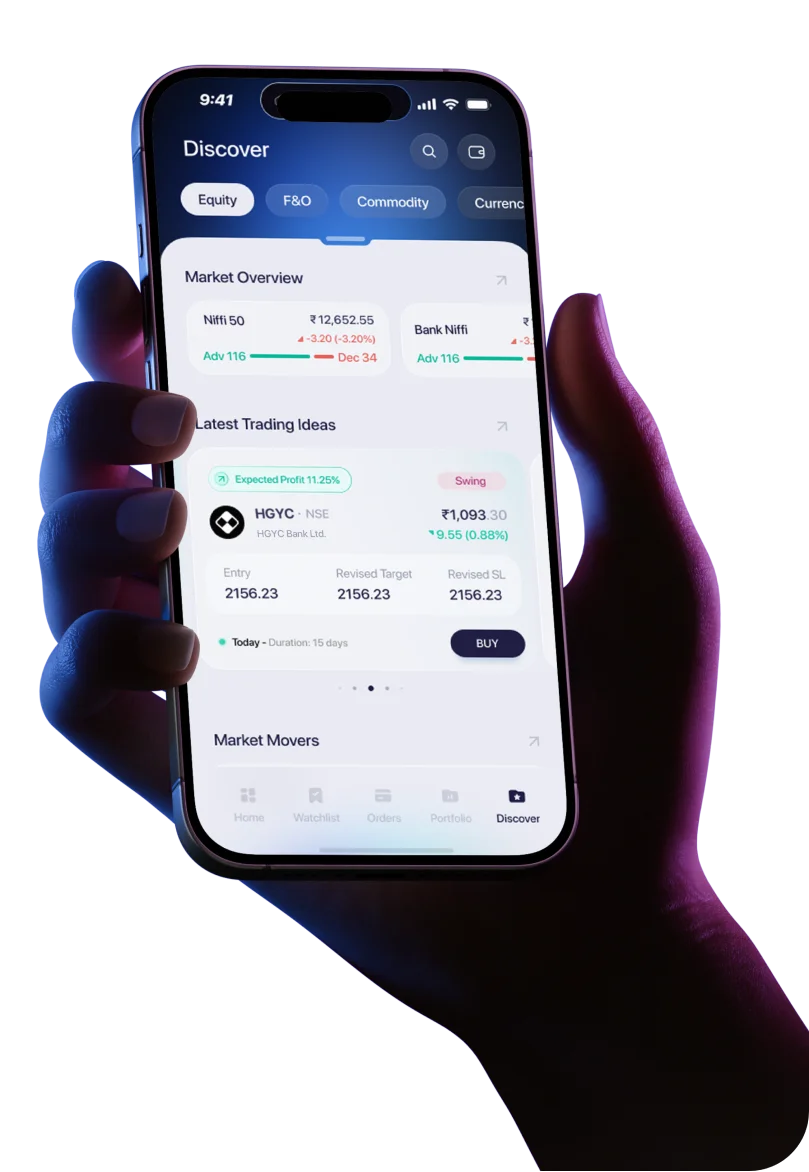Introduction:
Laxmi India Finance Limited (LIFL), incorporated in 1996, is a Jaipur-based non-deposit taking Non-Banking Financial Company (NBFC) registered with the RBI. The company is primarily engaged in providing secured financing solutions to underserved segments, particularly in semi-urban and rural regions of Rajasthan.
Its core product portfolio consists of vehicle loans (primarily for two- and three-wheelers), SME business loans, and loan against property (LAP). As of March 31, 2025, its assets under management (AUM) stood at ₹12,770.18 million with our MSME and vehicle loan verticals contributing 76.34% and 16.12%, respectively. As on March 31, 2025, company’s customer base comprises 35,568 customers, including 18,596 active MSME customers and 12,423 active vehicle loan customers, demonstrating a growth of 48.78% from 23,906 customers.
LIFL operates through 158 branches and 68 points of presence spread across Rajasthan, Madhya Pradesh, and Gujarat. The company caters to a wide retail base through an extensive ground-level network. The company is focusing on smaller-ticket, high-frequency lending aimed at economically active but credit-starved populations.
IPO Details:
IPO Date | 29th July 2025 to 31th July 2025 |
Face Value | ₹ 5/- per share |
Price Band | ₹ 150 to ₹ 158 per share |
Lot Size | 94 shares and in multiples thereof |
Issue Size | ₹ 254.26 crores |
Fresh Issue | ₹ 165.17 crores |
OFS | ₹ 89.09 crores |
Expected Post Issue Market Cap (At upper price band) | ₹ 825.83 crores |
Objectives of Issue:
- To augment the company’s Tier I capital base for future business expansion and loan book growth.
- To meet general corporate requirements and enhance liquidity position.
Key Strengths:
- Niche Focus in Rural Lending: LIFL has built expertise in financing rural and semi-urban customers with a strong understanding of localized credit behaviour.
- Asset-Backed Lending Model: Focus on secured lending (mainly vehicles and LAP) helps mitigate credit risk, ensuring relatively healthier asset quality.
- Established Track Record: With over two decades of operations, the company has built strong regional recall and relationships with intermediaries and customers.
- Operational Reach: A physical footprint across 211 locations offers access to untapped demand in Tier-2 and Tier-3 geographies, where formal credit access remains limited.
- Process Digitization: LIFL is progressively adopting technology for loan sourcing, underwriting, and collections, aiming to improve operational efficiency and customer experience.
Risks:
- Regional Concentration: A significant share of business originates from Rajasthan, exposing the company to geographical concentration risk.
- Exposure to Low-Income Borrowers: The Company primarily lends to self-employed and rural borrowers with limited formal income documentation. This increases credit risk, especially during economic downturns, as these segments are more vulnerable to income disruption
- High Dependence on Vehicle Finance: Over-dependence on a single loan product category may limit diversification in case of sector-specific slowdown.
- Limited Brand Recall Outside Core States: As an emerging NBFC, LIFL has relatively lower national visibility, which could hinder faster scale-up in new geographies.
Financial Highlights (₹ in Millions):
Metric | FY25 | FY24 | FY23 |
Total Income | 2,480.38 | 1,750.18 | 1,306.68 |
Interest Income | 2,313.12 | 1,647.85 | 1,248.22 |
Net Profit (PAT) | 359.10 | 226.18 | 160.28 |
Net Worth | 2,574.65 | 2,012.15 | 1,523.27 |
Gross Loans | 11,402.43 | 8,203.31 | 5,728.46 |
AUM | 12,770.18 | 9,613.69 | 6,867.67 |
Gross NPA (%) | 1.07% | 0.73% | 0.58% |
Net NPA (%) | 0.48% | 0.33% | 0.32% |
Net Interest Margin (NIM) (%) | 9.73% | 9.23% | 9.27% |
Yield on Avg Gross Loans (%) | 22% | 21% | 21% |
Return on Avg Net Worth (RoNW) (%) | 15.66% | 12.80% | 11.51% |
Return on Assets (RoA) (%) | 3.00% | 2.57% | 2.40% |
Conclusion:
Laxmi India Finance Limited presents an opportunity to participate in India’s growing rural credit cycle, supported by rising vehicle ownership and micro-business activity. The company’s established presence in underbanked regions and its focus on secured lending provide a buffer against credit shocks. Improving financial metrics, declining GNPA, and tech adoption reflect a positive operational trend. However, its small scale, regional exposure, and dependency on a single asset class could limit near-term upside.




 Easy & quick
Easy & quick
Leave A Comment?